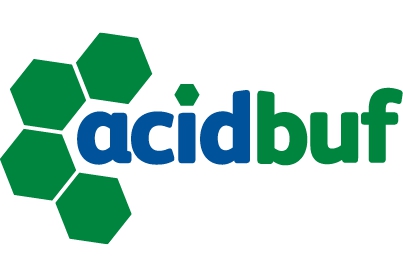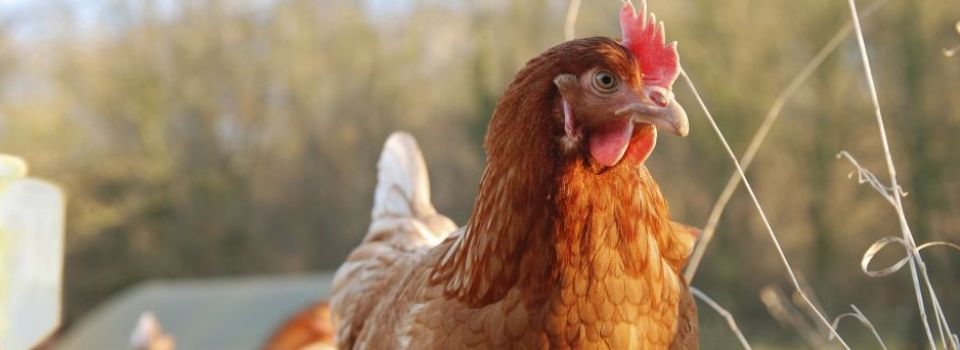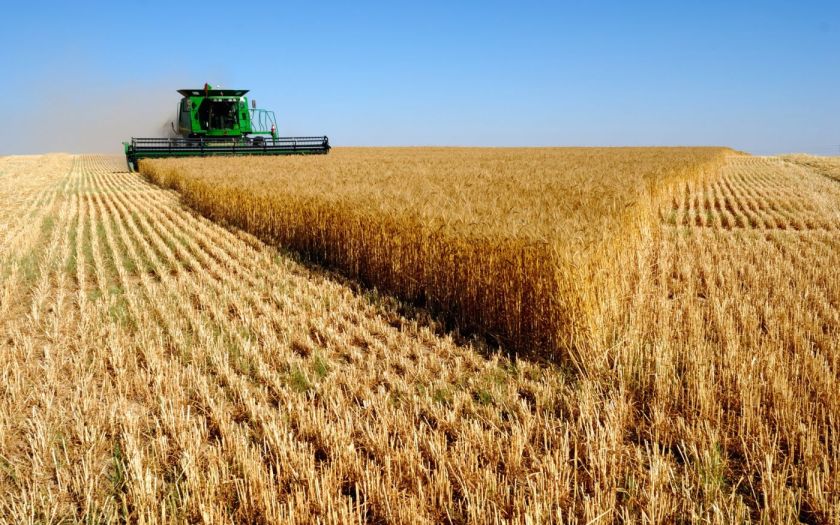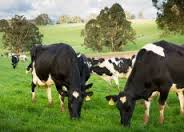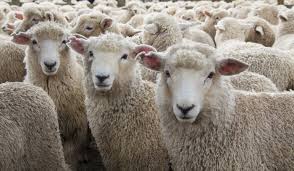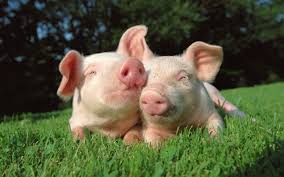Xylanase (pronounced zy-lan-ase) is a natural enzyme that can have beneficial effects on human health and digestion. Fungi and bacteria produce xylanase, which is produced by insects, crustaceans such as snails and even seeds.
Mammals, including humans, do not produce xylanase, but some of our intestinal bacteria produce some.
On the scientific side, it is an enzyme that breaks down xylan, a type of hemicellulose, by splitting the beta 1, 4 backbone of the molecule into a simple sugar called xylose. Xylan is the second most common polysaccharide in nature and is a component of the cell walls of plants.
Xylanase is part of a class of enzymes produced by certain microorganisms. These enzymes are involved in the decomposition of hemicellulose in the cell walls of plants.
Specifically, xylanase hydrolyzes a major component of hemicellulose called xylan and arabinoxylan. Xylanase is used in the food industry for bread making, corn starch production, clarification of fruit juice and wine; animal feed and alcoholic fermentation.
What does xylanase do?
Do you want to know about how much does it cost to use xylanase enzymes? Xylanase breaks the bonds that unite the xylan fibers.
Humans are not able to produce this digestive enzyme, even though we all eat plant-based foods containing this type of fiber, be it wheat bread, cereals, nuts or fresh vegetables.
Although xylanase is very useful in the food industry, its most important use is in the paper and pulp industry, where it can replace chlorine in bleached wood pulp, thus reducing harmful organic halogens. , which form toxic dioxins.
The use of the best xylanase enzymes and the consequent reduction in the need for energy and protein-rich ingredients directly result in cost savings.
Nevertheless, if it is not controlled, this reduction can negatively affect the efficiency of the diet.
Therefore, the selection and use of enzymes should be carefully considered. In order to answer the question of how enzymes work, we need to understand the structure at the atomic level.
Enzymes are proteins specifically designed to manage and act as a catalyst for all our biochemical processes.
Enzymes are substrate specific and a basic understanding of the chemical structure of the substrate is essential for selecting the appropriate enzymes for the desired effect. Matching an enzymatic activity to a substrate does not guarantee its effectiveness.
Each enzyme, even within the same family, depending on its source, structure and affinity, is unique and may also play a role in other physiological parameters, as shown by the integrity of the digestive tract or the generation of prebiotics.
These are additional factors that require special attention in order to make the most of these additives in terms of improving food efficiency.
In conclusion, it is possible to improve the efficiency of food while reducing costs and maintaining performance through the use of the best xylanase enzymes but also in combination.
Enzymes, and especially proteases or xylanase, are all unique and different. An accurate examination of their origin, proven characteristics and benefits is a necessary step to get the most out of them.
A combination of well-characterized bacterial xylanase and specific protease has been shown to be a strong guarantee for the best synergy to unlock the full potential of diverse feedstock.

